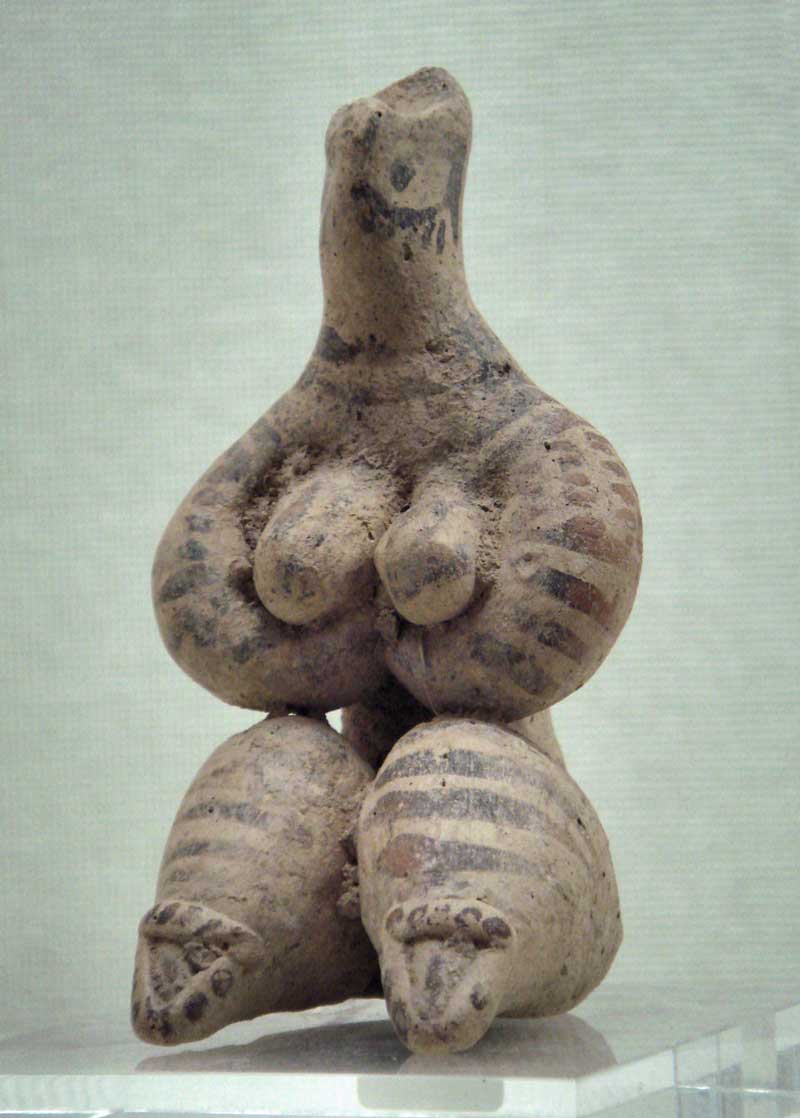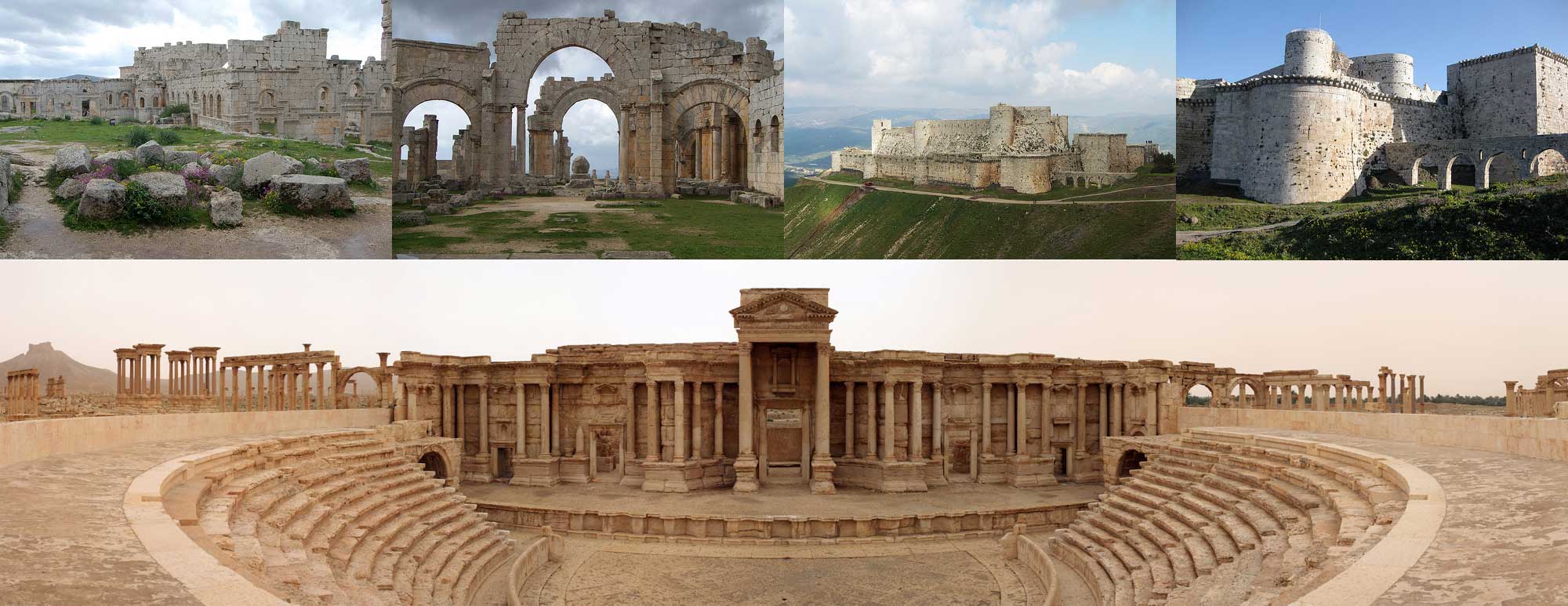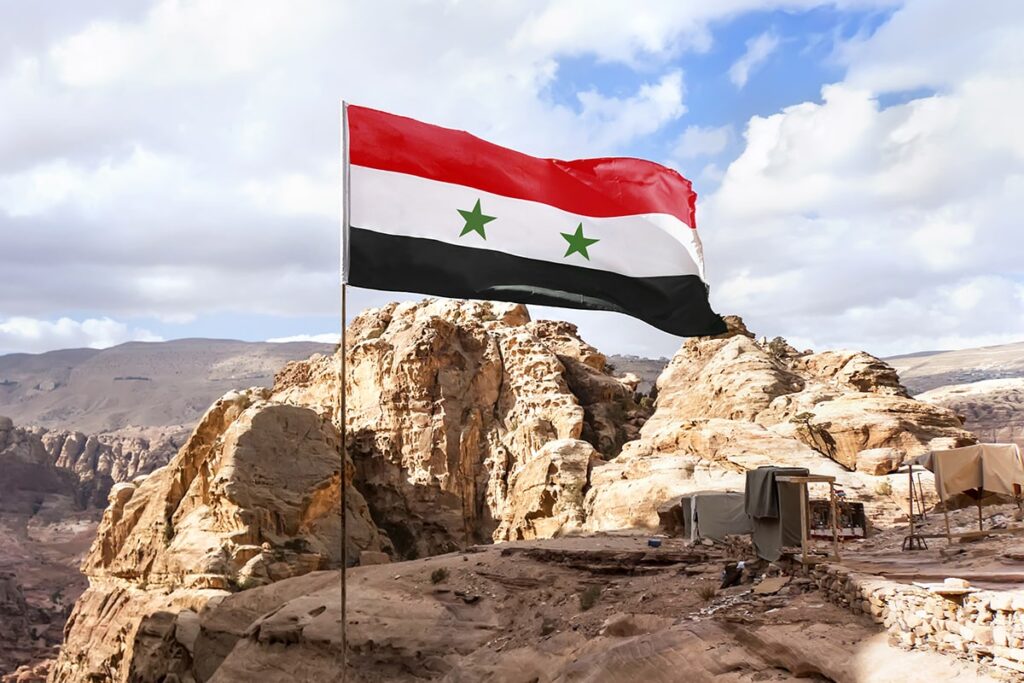1. Cold steel: Swords from Damascus have been very popular and prized throughout history. According to written sources, the blades of the swords were “forged by cooling in the urine of the red-haired boy or in the body of a muscular slave”
2. Paul: According to the Bible, it was on the road to Damascus that the Apostle Paul received a revelation and was converted to Christianity. He was subsequently baptized in Damascus and also escaped the city’s governor (who wanted to arrest him) by being hoisted in a bucket from a window in the city wall
3. The Argentinian connection: Around 1.3 million Argentines have Syrian or Lebanese roots, with many Syrians and Lebanese settling in Argentina in the 19th century. The parents of former Argentine President Carlos Menem came from the Syrian village of Yabrud
4. Early habitation: From around 10,000 BC (the Neolithic period), Syria was a center of culture of the time and also the place where agriculture and cattle breeding emerged for the first time in world history
5. Damascus: It is known for certain that the capital of Syria – Damascus – has been inhabited since 6300 BC, although evidence of settlements have been found as far back as 9000 BC. This makes Damascus one of the oldest continuously inhabited cities in the world (if not the oldest). Today, the city is home to around 1.7 million inhabitants

Fact: Syria’s capital Damascus is one of the longest continuously inhabited cities in the world. Here you can see a Syrian figurine from 5000 BC.
6. Ebla: The city-state of Ebla was founded in 3000 BC and gained great wealth by trading with the surrounding states and cities (especially Sumer, Assyria and Akkad) and peoples (especially the Hurrians and Hattians)
7. Changing rulers: From the time of Ebla’s founding until around 900 BC, Syria was conquered numerous times – from Assyrians, Egyptians and Hittites to Romans, Greeks and Arabs. In the period from 900 BC to the early 1900s, the country again had a succession of rulers, including: European Crusaders, Kurds, Mongols, Mamluks and Ottomans, eventually being divided between Britain and France in 1916.
8. French mandate: In 1920, Syria was invaded by France, who remained in power in the country until 1946, when they withdrew their troops under pressure from the British and Syrian nationalists. Syria was left in the hands of a republican government that had been formed in 1930 under the French mandate and became officially independent from France
9. Ba’ath party: In 1958, Syria and Egypt formed the United Arab Republic as part of a plan for a pan-Arab state. However, this only lasted until 1961, when Syria left the republic. From then until 2000, Syria was ruled by the pan-Arab socialist Ba’ath Party. President Hafez al-Assad died in 2000 and his son, Bassar al-Assad, was elected as the country’s new (and current) president
10. The civil war in Syria: The civil war in Syria started on March 15, 2011, when a series of peaceful protests – inspired by the Arab Spring – were brutally suppressed by the Syrian army. The fighting is between two Muslim groups: 1) the opposition, made up primarily of Sunni Muslims, against 2) the government’s prominent figures, who are Alawites (also Muslims)

The many peoples who have conquered Syria over time have left their mark; top left is the Byzantine church of Simeon Stylites, right is the Crusader Krak des Chevaliers and bottom is the temple in the Arab ruined city of Palmyra


